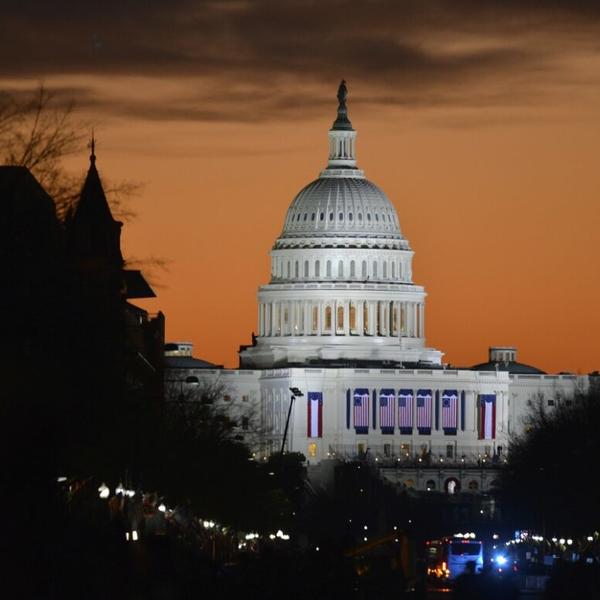While the government shutdown did not materialize as feared on Sept. 30, it does not mean the U.S. is in the clear due to intense political polarization.
“At the end of the day, the decision on these spending bills is going to have to be bipartisan. Delaying the inevitable is creating a lot of pain on the country,” said SoRelle Wyckoff Gaynor, assistant professor of political science whose research centers on the U.S. Congress, congressional leadership, partisanship and the policy-making process.
Historically, the 12 appropriations bills, which set federal spending levels for defense, agriculture, transportation, commerce, and the environment, among others, are approved by an overwhelming bipartisan vote. The appropriation bills should be in place annually by Oct. 1, but, more recently, resolutions have been voted on and signed into law increasingly later in the year.





